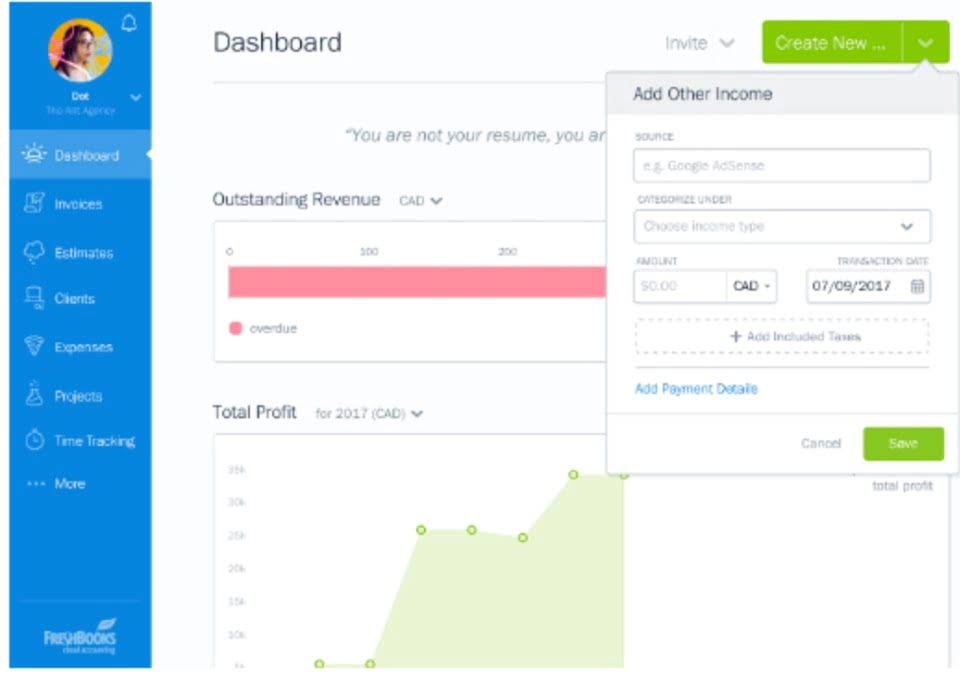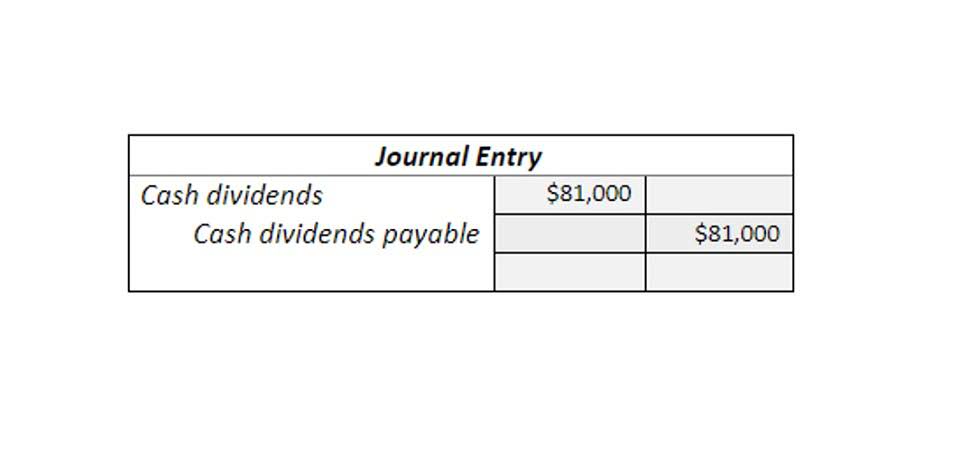
This helps maintain a steady cash flow, reduces the risk of bad debts, and ensures you have funds available for immediate use or investment. In retail, it may be days because of quick inventory turnover, whereas in manufacturing, it can extend to 90 days or more due to production time. The cycle includes the time to purchase or produce inventory, sell it, and collect payment. Normal operating cycles are the usual time it takes for a business to fixed assets turn inventory into cash. For instance, for the retail industry, it may be short, while for the manufacturing industry, it might be longer due to production times.
- Days sales outstanding, on the other hand, is the average time period in which receivables pay cash.
- A shorter DSI indicates efficient inventory turnover, which is essential for cash flow and reducing carrying costs.
- The ‘accounts receivable period’ is the average number of days it takes for a firm to collect cash from its customers after a sale has been made.
- A lower DSO indicates that you are collecting payments promptly, which positively impacts cash flow and liquidity.
- Also, high inventory turnover can reflect a company’s efficient operations, which in turn lead to increased shareholder value.
How does operating cycle relate to a company’s financial health?

This strategic focus on operational efficiency enables companies to adapt to market dynamics, capitalize on emerging opportunities, and withstand economic fluctuations. “For businesses, it’s essential to monitor key performance indicators related to the operating cycle regularly. This data can provide valuable insights into where improvements can be made to enhance efficiency.” Operating cycle refers to number of days a company takes in converting its inventories to cash.

Can a company influence its operating cycle and how?
Let us take the example of Apple Inc. to calculate the operating cycle for the financial year ended on September 29, 2018. If the operating cycle shows less number of days, it shows the business is on the right track. On the other hand, if the figure obtained is more than what it should be, the businesses are found to be inefficient and lagging behind competitors. HighRadius provides a powerful, cloud-based Order to Cash solution designed to automate and streamline your financial operations. Our comprehensive suite includes Collections Management, Cash Application, Deductions Management, Electronic Invoicing, Credit Cloud, and dotOne Analytics, enhancing the efficiency of your team and optimizing workflows. So, to clear up any confusion you might have, let’s break down the operating cycle in simple terms, from what it is to how to calculate it to the operating cycle formula and more.
Get in Touch With a Financial Advisor
By implementing these inventory management strategies, you can effectively control your inventory and contribute to a shorter operating cycle. Tracking your company’s operating cycle throughout the year is often the best way to gauge how your business is performing and whether it is headed towards growth. It can also shed some light on whether your business is efficient and if yes then by what margin. It indicates that a business converts inventory and receivables into cash more quickly, improving liquidity and reducing the need for external financing. Now that we understand what an operating cycle is, let’s explore its importance in business operations. A strong operating cycle reflects a company’s ability to manage working capital efficiently.
- On the other hand, if the figure obtained is more than what it should be, the businesses are found to be inefficient and lagging behind competitors.
- We reached out to industry experts to gather their insights on how businesses can effectively manage their operating cycles.
- It represents the time it takes for a business to convert its investments in inventory and other resources into cash through sales and accounts receivable collection.
- If the operating cycle shows less number of days, it shows the business is on the right track.
- To improve an operational process, business owners should look at the accounts receivable turnover, average payment period (inventory days), and inventory turnover.
- Through proactive management of cash flow, inventory levels, and customer relationships, organizations can build resilience and agility, positioning themselves for sustained growth and profitability.
Once businesses master this, they can better navigate the financial seas – a victory for all stakeholders. On the other hand, a longer operating cycle might hint at potential issues that require attention. Perhaps the company has surplus inventory or is not effective in collecting payments from https://www.bookstime.com/ its customers. Remember, your operating cycle is not static; it requires continuous attention and adaptation to changing market conditions.

- They set goals for faster collections from buyers and quicker sales from stock levels—all aiming for operational effectiveness.
- Next, calculate the average number of days it takes for the company to pay its suppliers for raw materials or inventory purchases.
- This is useful in estimating the Cash cycle in a working capital requirement for maintaining or growing an organization’s operations.
- For instance, a company will get payments at a consistent pace if its operational cycle is shorter.
- The following table shows the data for calculation of the operating cycle of company XYZ for the financial year ended on March 31, 20XX.
Any negative effects from your operating cycle on other aspects of your business may reflect badly on your business’s future profitability. Although the operating cycle formula is straightforward, diving deeper into the calculations that lead to the DIO and the DSO can lead to deeper insights. Although you must understand how to calculate the operating cycle if you want to compare yourself to your competitors, operating cycle formula it is also important to understand what it really means for your business. The following table shows the data for calculation of the operating cycle of company XYZ for the financial year ended on March 31, 20XX. No, different types of companies often have varying lengths in their operating cycles due to industry specifics.
0 Comments